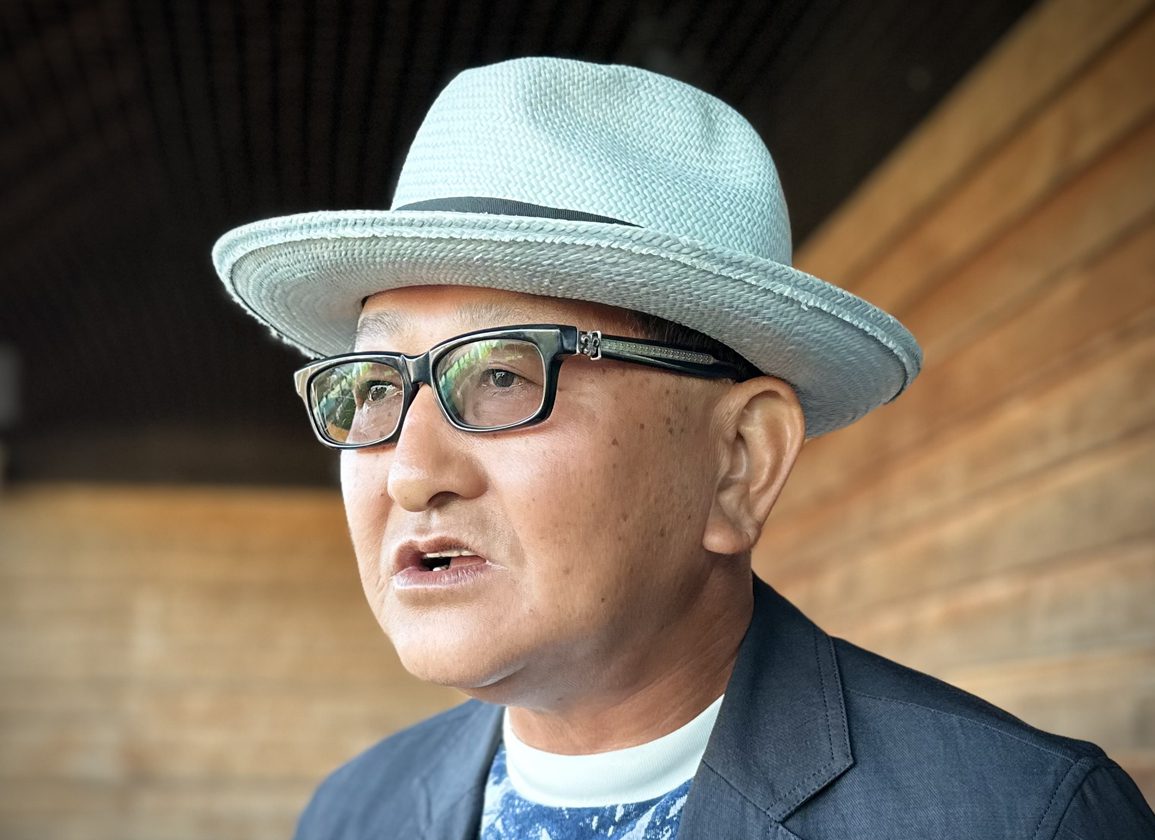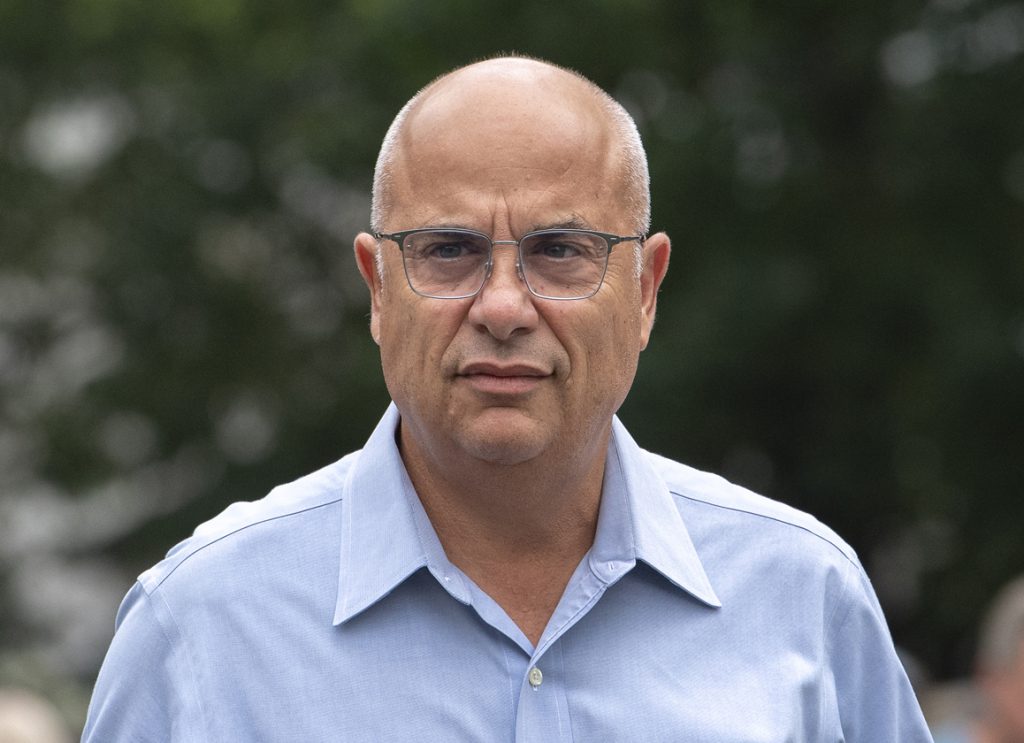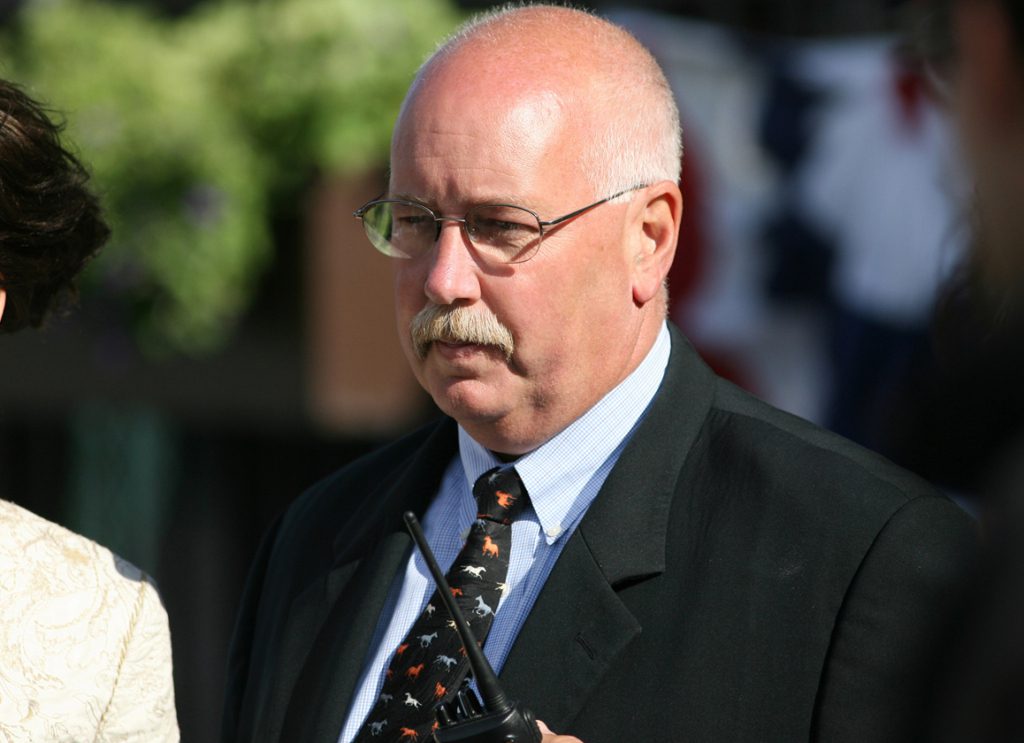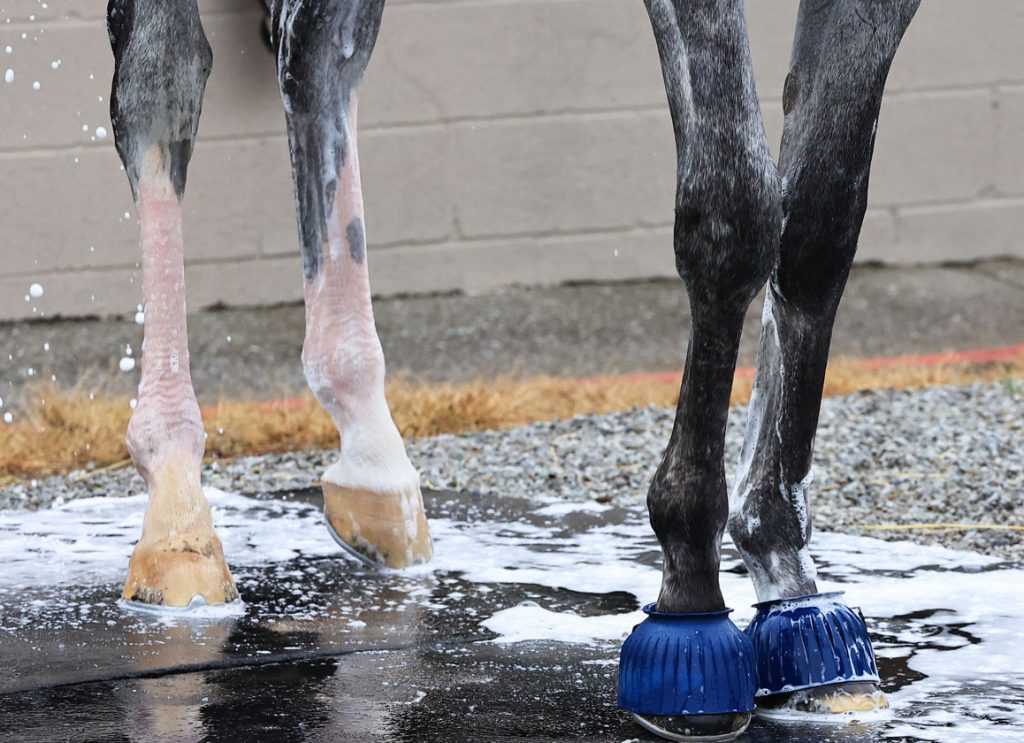Anyone who bets on racing will know too well the perils that come with predicting the outcome of a sporting event. But what if we take it a couple of steps further and, for a bit of fun, try and gaze into the crystal ball and see what could be in store for 2024?
From Frankie Dettori returning to the saddle in Europe to Wathnan Racing continuing its march in Britain, here are 10 predictions-some fun and some serious-for the new year.
Dettori's Groundhog Day To Continue Into 2024
We've all seen the movie Groundhog Day, haven't we? The one where Bill Murray gets caught in a time loop? Well, if you haven't, the same script could well be playing out for real through Frankie Dettori's retirement [or lack thereof].
For all the people who had convinced themselves that Dettori had achieved a dream send-off when guiding King Of Steel to victory in the Champion S. at Ascot, there were just as many people rolling their eyes at the idea that one of the world's greatest riders was ready to set off into the sunset.
Of course, Dettori has committed to ride on in America for the winter but, what happens after that? What happens if a big-ticket ride becomes available for a Guineas or a Derby? Don't tell me that Dettori, who arguably rode as well last year as he has in years, is going to give up on that opportunity for the sake of staying true to his word?
The farewell tour served its purpose and generated a subplot for almost every major meeting that Dettori rode at in 2023. However, the thought that we have seen the last of Frankie in Europe is not something I'd be taking short odds on this year.
Classic Glory On The Cards For Blue Point?
From a bloodstock perspective, Blue Point hogged just as many headlines as Frankie did throughout 2023. Tipped by many to scoop first-season sire honours, Blue Point delivered in no uncertain terms, coming up trumps with two genuine top-notchers in Big Evs and Rosallion.
The latter has real claims of bagging Classic glory for his young sire sensation this year and is just 12-1 to land the 2,000 Guineas. Big Evs proved he is a classy sprinter to look forward to when bagging the Breeders' Cup Juvenile Turf and the likelihood of him landing a major sprint in Europe is strong.
It's worth noting that Blue Point's most famous triumphs, his back-to-back Royal Ascot successes in the King's Stand S. and Diamond Jubilee S. back in 2019, came in his five-year-old campaign. The best may yet be to come from his progeny in 2024 and beyond and, if he is to bag a breakthrough Classic success, perhaps it may come through Rosallion in the Irish 2,000 Guineas provided City Of Troy stays away.
Bank On Sangster To Have A Big Year
Speaking of breakthrough successes at the highest level, there is a chance that up-and-coming trainer Ollie Sangster can bag a first Group 1 or even Classic victory with stable star Shuwari this season.
Grandson of the late Robert Sangster, Ollie has done his bit to keep the family name in lights and enjoyed a stellar debut season as a trainer by sending out 13 winners from 81 runners, highlighted by the Fillies' Mile runner-up Shuwari.
According to those who know Sangster best, there are few trainers who work as hard as the 27-year-old, who would be thoroughly deserving of a major day in the sun in 2024. Here's hoping Shuwari can provide Sangster just that and her 1,000 Guineas claims would be greatly aided by the word soft appearing in the going description.
Tough Task For City Of Troy To Live Up To Lofty Reputation
City Of Troy proved himself to be something out of the ordinary as a two-year-old by going unbeaten in three starts, culminating with a jaw-dropping performance in the Dewhurst.
It was after the Dewhurst where Aidan O'Brien described City Of Troy as being the best two-year-old he has ever trained while Michael Tabor took it up a notch or two by comparing the horse to Frankel.
City Of Troy has generated much debate since that brilliant Dewhurst display but perhaps it might be wisest to side with Mick Kinane, who, in acknowledging the awesome talent the Ballydoyle-trained colt clearly has, said that he still has a lot to prove in order to be compared with the likes of Sea The Stars and Frankel.
Certainly at this juncture, City Of Troy would appear the most likely winner of the 2,000 Guineas, which his general even-money odds reflects. However, whether we will be speaking of him in the same ilk as Frankel come the end of the season, now that is a big ask.
One thing that isn't up for debate is that Justify is quickly confirming himself as a very serious stallion, not only in America and Australia, but also in Europe. Not long after City Of Troy recorded his Dewhurst demolition, Justify's daughter Opera Singer did something similar in the Prix Marcel Boussac.
Both horses sit at the head of the 2,000 and 1,000 Guineas betting respectively and it will be fascinating to see how their careers progress this term.
Japan To Win The Derby
Now this would be a bit of fun; what if Japan were to win the Derby? Or, if I was to be more specific, what if trainer Yoshito Yahagi was to take out another major prize on the international circuit by sending out a brother to Sottsass to score at Epsom? You know, it's not impossible.
Shin Emperor is clearly bred for the job. Bought by Yahagi, who has recorded major success at the Breeders' Cup, Dubai World Cup and Saudi Cup meetings in recent years, for €2.1 million at Arqana in 2021, Shin Emperor has always been held in high regard.
A Group 3 winner already in Japan, he went down by less than a length in the G1 Hopeful S. at Nakayama over the festive period, doing his reputation no harm in the process.
Yahagi is famous for travelling his horses all over the world and, in Shin Emperor, he has a colt who clearly fits the Derby profile being a brother to the Arc winner Sottsass. In betting terms, this is one of the more fanciful predictions for 2024, but what a story it would be.
Pinatubo To Emulate Blue Point
Sottsass, of course, is one of the first-season stallions that many enthusiasts are looking forward to this year. While his stock has gone down extremely well, highlighted by the sale of a €525,000 colt at Arqana last year, it seems as though everyone who is anyone is tipping Pinatubo to emulate Blue Point by coming up trumps for Darley yet again.
Many of the top industry judges hitched their wagon to Blue Point's wheel last year and we all know how that ended. The same theme developed at the yearling and foal sales last year with Pinatubo and to a similar extent with fellow Darley stallions Earthlight and Ghaiyyath. One thing's for certain: Darley appears to hold all the aces with a view towards this year's first-season sires' championship and, while it is only January, few people will be betting against Pinatubo being a big success.
It should also be noted how well Hello Youmzain performed with his stock at the sales in France. He could be well placed to clinch champion first-season honours in France.
Breeze-Up Market To Stay Strong Despite Market Correction
There were some tough moments in 2023 and it's fair to say that the yearling and breeding stock sales were a struggle for many. Market correction was a term we heard plenty of as many of the key figures at some of the major sales in Europe settled back into pre-Covid levels.
With that in mind, there is understandably some apprehension heading into the new year and the first major metric into how well things are going in 2024 will come at the breeze-up sales.
But just how much of a correction can we expect to see here? There seems to be a huge demand for the ready-to-run horses and the breeze-up sales have never been a more popular shopping outlet for international buyers than it is now.
It should also be noted that unbeaten two-year-old and dual Group 1 winner Vandeek, who sold to Anthony Stroud for 625,000gns at the Craven Breeze-Up Sale at Tattersalls last year, did his bit to fly the flag for this sector of the market.
In many ways, the breeze-up market could be viewed as something of an anomaly as, similar to the point-to-point sphere, there should, in theory, always be a demand for a good horse.
The middle to upper tiers can be expected to be solid at the breeze-up sales come the spring but it will be interesting to see how the median and clearance rates hold up.
Wathnan Racing To Continue Its March
One man who is sure to be out in force at the breeze-up sales is Blandford Bloodstock's Richard Brown but, perhaps most interesting of all, will be the bloodstock agent's buying on behalf of Wathnan Racing.
Wathnan Racing embarked on ownership in Britain with a number of statement victories, none more so than when private purchase Courage Mon Ami won the Gold Cup at Royal Ascot on just his fourth career start.
It's likely that Wathnan Racing, which is the ownership vehicle of the Emir Of Qatar, can go from strength to strength in 2024.
Tough Times Ahead For Smaller Breeders
Ed Harper of Whitsbury Manor Stud said something frightening in a recent TDN Q&A. When commenting on some of the smaller clients of his who enjoyed a touch when selling foals by the stud's superstar stallion Havana Grey, he revealed that for many, their big payday would be just enough to keep them going for just a few more years, such are the choppy waters the smaller breeders are navigating through right now.
If you were to take an x-ray of the breeding game in its current form and peg it into the light, it wouldn't make for pretty reading, especially in Britain. That was there for everyone to see on the first and last days of the foal sales at Tattersalls in December where many key stakeholders voiced their concerns about the future of the smaller breeder in Britain.
Of course, this is not a problem exclusive to Britain, but Brexit and the lack of small-time buyers and pinhookers getting into the game compared to Ireland clearly contributed to some of those frightening figures.
It begs the question; for how long can this continue? Where there is a will there's a way, and in that same Q&A, Harper called on smaller breeders to take a look at themselves in the mirror when it comes to breeding horses for the sales ring.
Some will take that advice and reinvest but, inevitably, more will slip away. It appears as though there could be some tough times ahead for the smaller breeders.
No Sign Of Polarisation Slowing Down Over Jumps
On a similarly depressing theme, there doesn't appear to be any pause to polarisation in the markets, particularly when it comes to the National Hunt game. There could be a different winner to ever race at the Cheltenham festival and, chances are, people will still be honing in on the same two stallions at the major store sales.
King George hero Hewick once again reminded that a good horse can come from anywhere. Shark Hanlon's 800 quid wonder is by Virtual, a son of Pivotal and, without doing the horse a disservice, is what many would describe as a non descript stallion.
But here he is, siring the winner of one of the most important jumps races of the year, and once again proving that the love is more readily shared than what some would lead you to believe over jumps.
The post Racing’s Crystal Ball – 10 Predictions For 2024 appeared first on TDN | Thoroughbred Daily News | Horse Racing News, Results and Video | Thoroughbred Breeding and Auctions.








